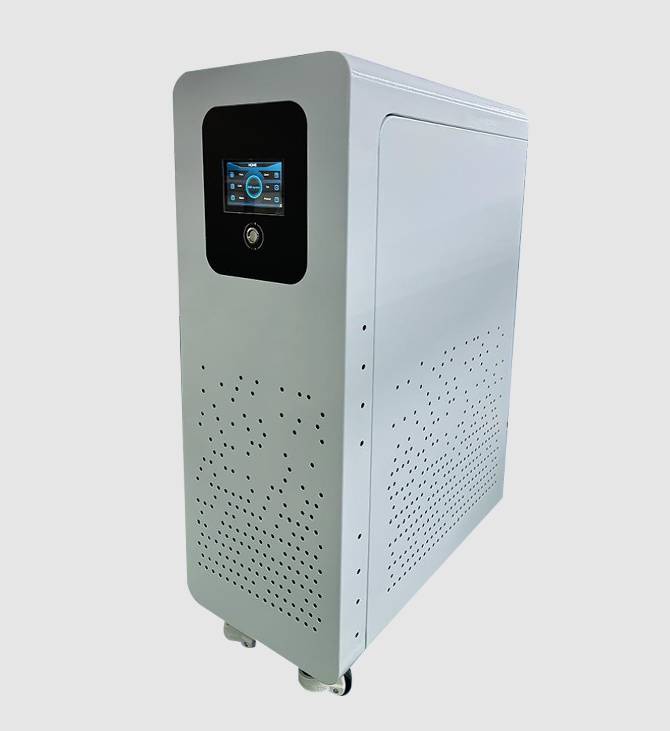Structure and Function of PV Modules

Photovoltaic (PV) modules are essential components in solar power systems. These modules are designed to convert sunlight directly into electricity through the photovoltaic effect. Each module typically consists of multiple solar cells made from semiconductor materials, such as silicon, arranged in a protective framework.
The basic structure includes tempered glass on the front, encapsulation layers, solar cells, a back sheet, and a junction box. The glass provides durability and shields the cells from environmental factors like dust, moisture, and mechanical impact. The encapsulants protect the cells and enhance light transmission. The back sheet insulates and safeguards the rear side of the panel, while the junction box connects the module to the electrical system.
PV modules can be connected in series or parallel to meet voltage and current requirements of various solar applications. Their performance depends on factors such as sunlight intensity, angle of installation, and temperature. With proper setup, they can generate electricity for residential, commercial, and utility-scale systems.
- Art
- Causes
- Crafts
- Dance
- Drinks
- Film
- Fitness
- Food
- Jocuri
- Gardening
- Health
- Home
- Literature
- Music
- Networking
- Alte
- Party
- Religion
- Shopping
- Sports
- Theater
- Wellness


